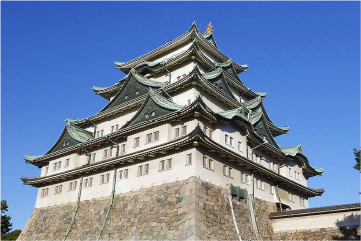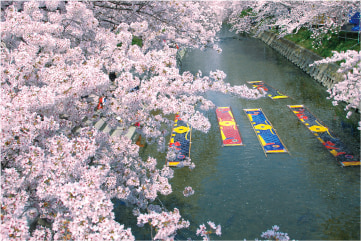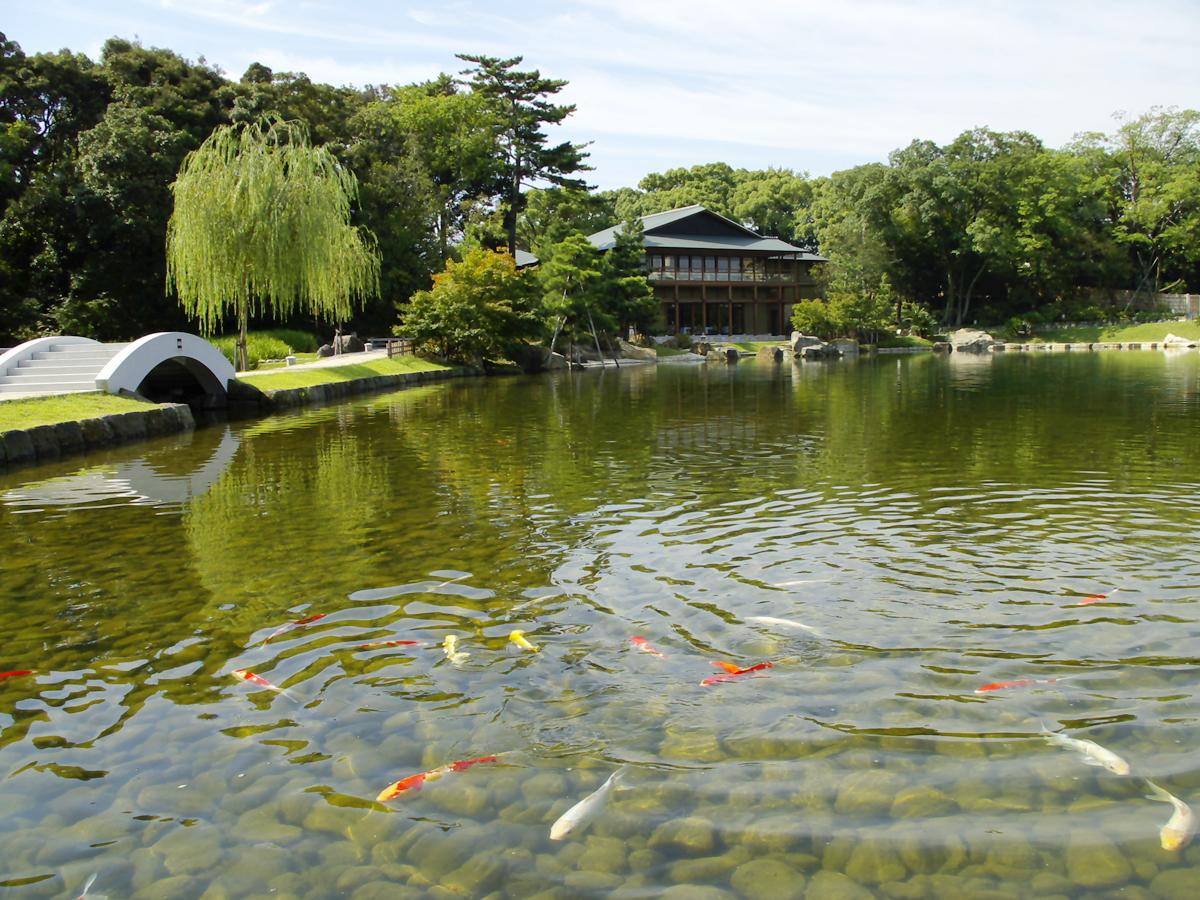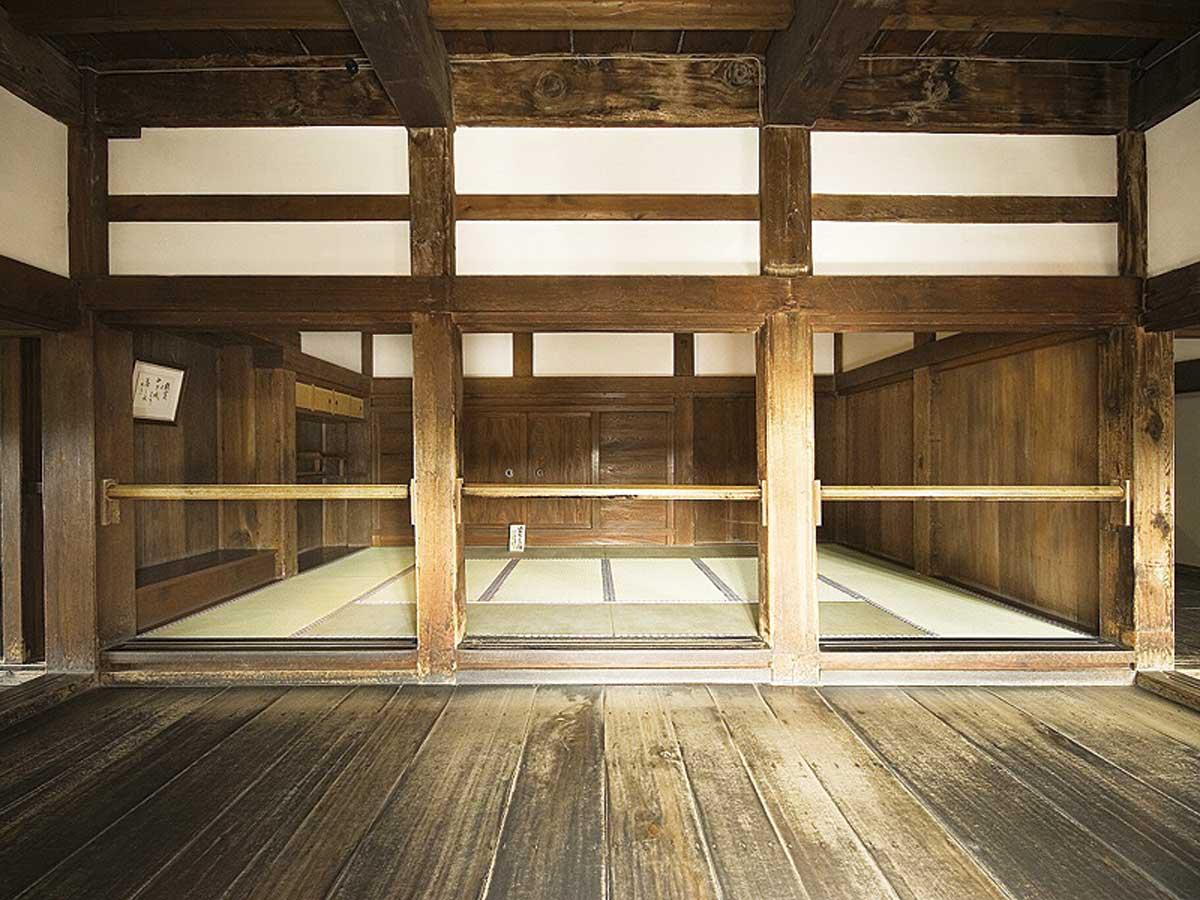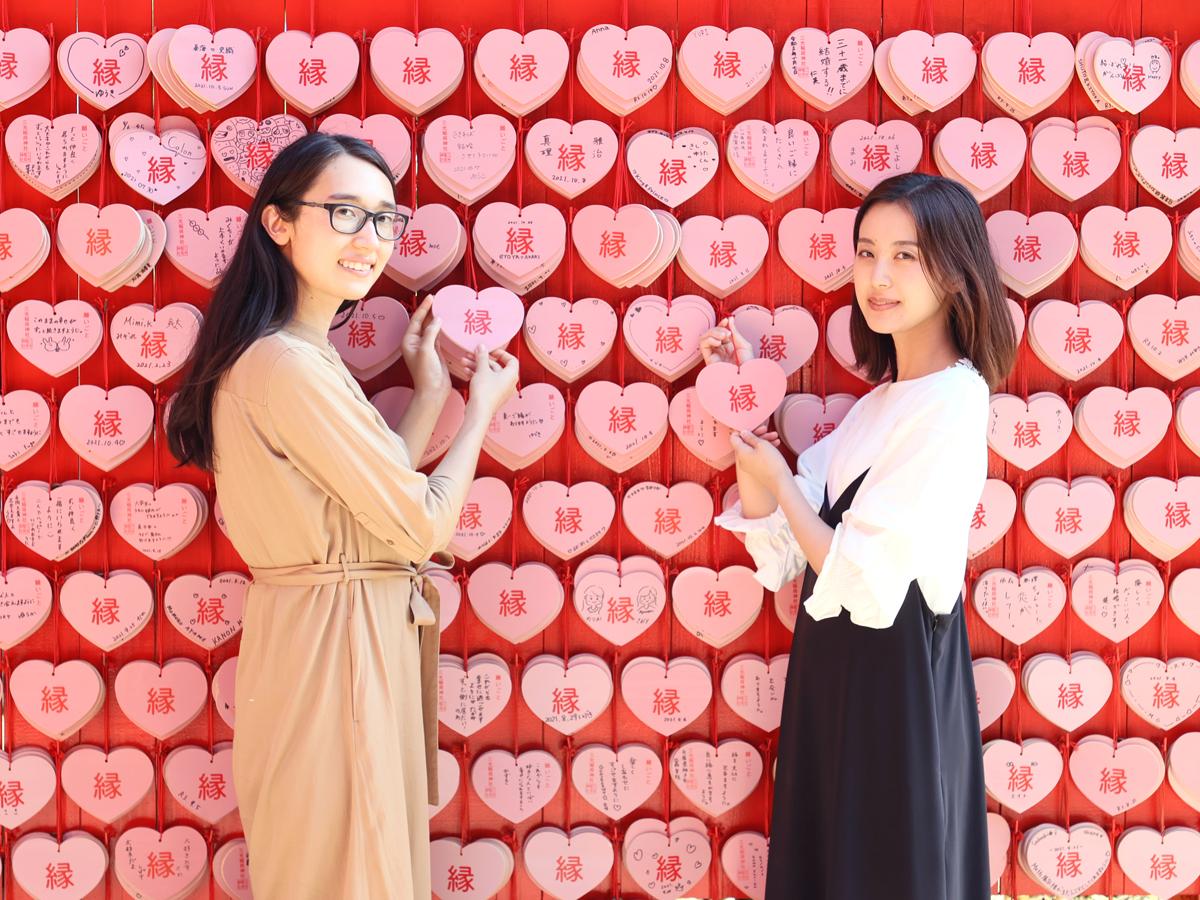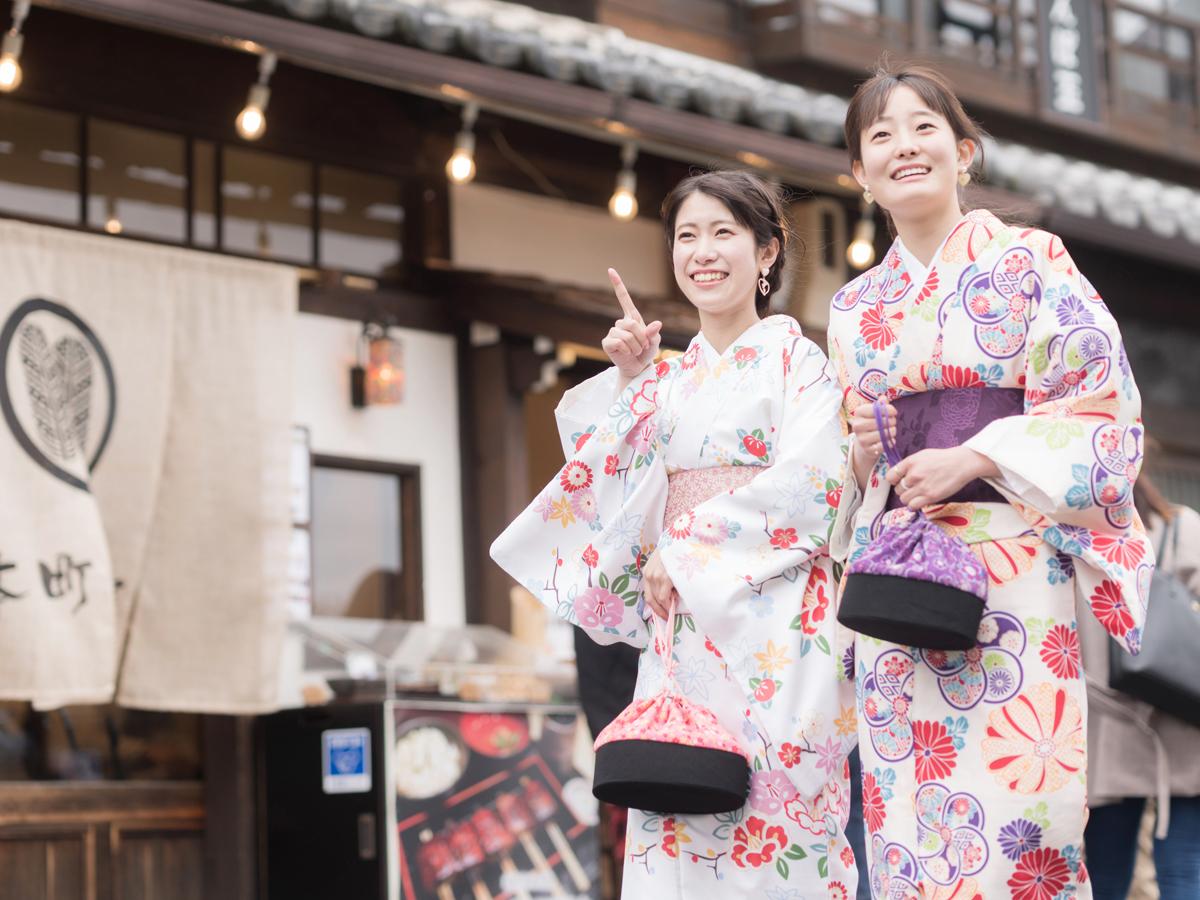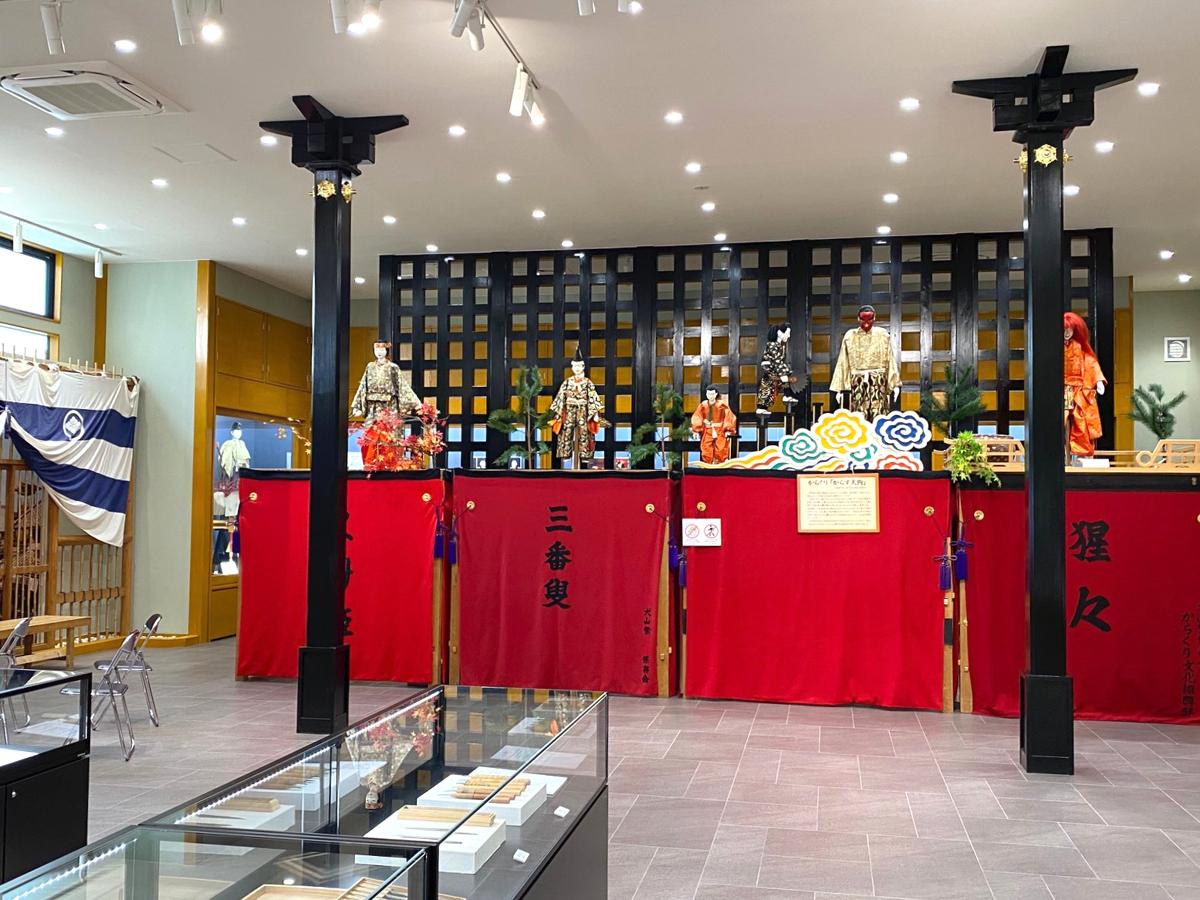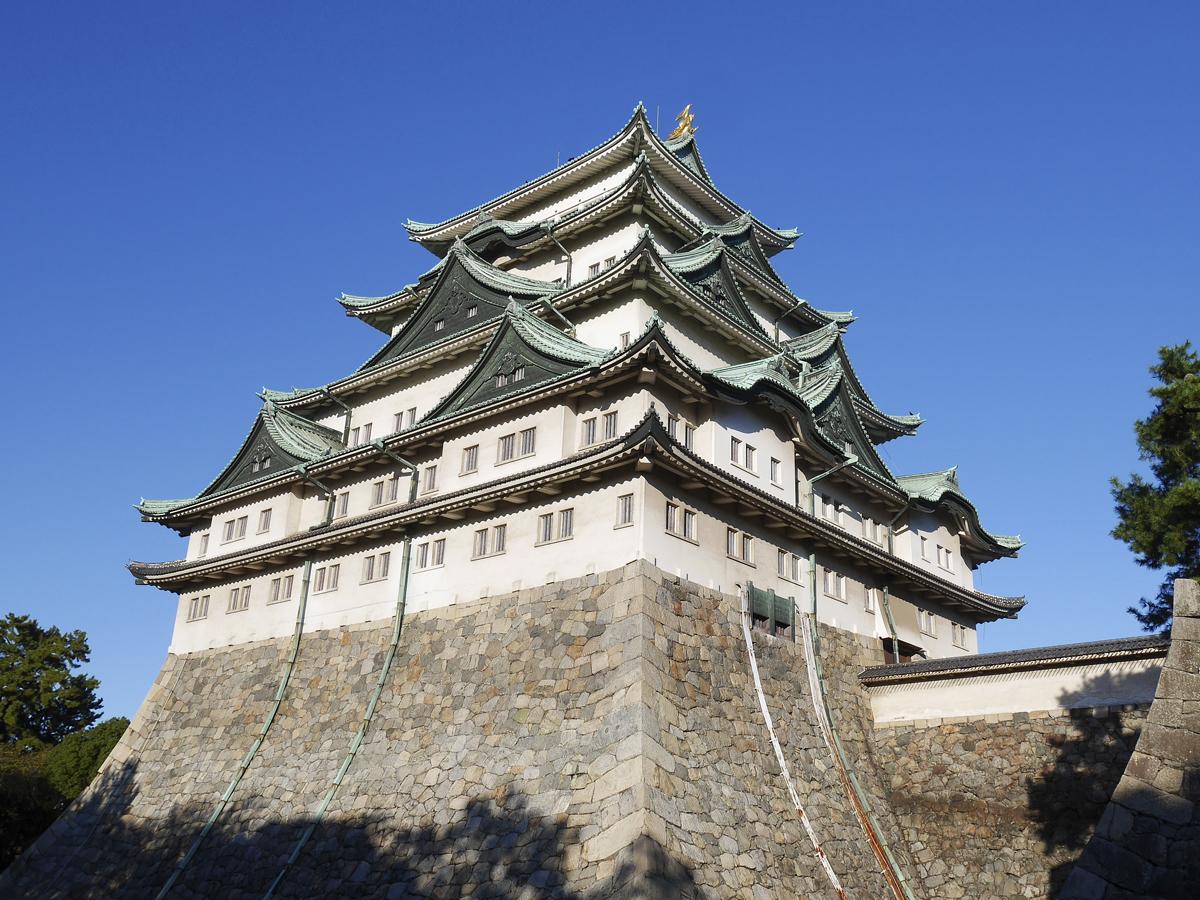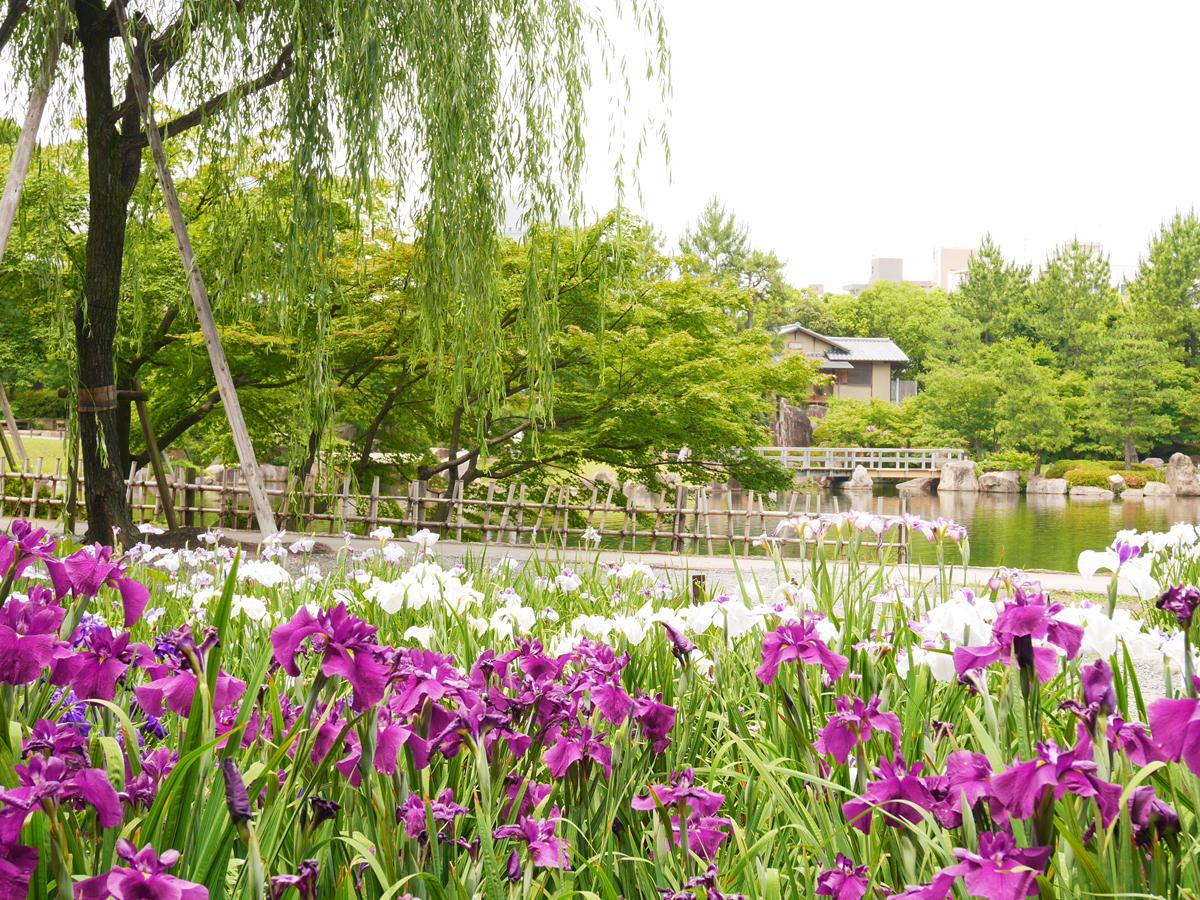PLANS
Recommended route
Trip to Admire the National Treasure Inuyama Castle, the Beautifully Reconstructed Honmaru Palace in Nagoya Castle, and the Owari Tokugawa Family Treasures
- Meitetsu Line: Nagoya Station → Inuyama Station (25 min.)
- 18 min.
01
National Treasure Inuyama Castle
Approximate length of stay: 1 hour
- The National Treasure Inuyama Castle was built in 1537 by Nobunaga's uncle Oda Nobuyasu, and the castle keep at the top is said to be of the oldest style still seen in Japan today. It is a National Treasure, but visitors can walk inside. Not only is the castle beautiful, but it was built with military functions to defend and retaliate against enemy invasions. From the top floor of the castle keep, you can enjoy a magnificent view of the flowing Kiso River and townscape.
- 5 min.
02
Sanko Inari Shrine
Approximate length of stay: 10 min.
- Located at the base of Inuyama Castle, Sanko Inari Shrine is popular with women thanks to its cute, pink, heart-shaped wooden tablets with prayers written on them; photos of them look great on social media! People write their wishes on these tablets and leave them as offerings to the gods. These heart-shaped ones are said to be good for couples' strong relationships and for peaceful households. Young women often come here to pray for success in finding love.
- 5 min.
03
Inuyama Castle Town
Approximate length of stay: 1 to 2 hours
- When Inuyama Castle was being built, the surrounding town was reconstructed to match it—that's how Inuyama Castle Town came to be. The layout is still the same as it was during the Edo period, with several historic buildings to see. Inuyama boasts having two National Treasures.
Make sure to visit the National Treasure Inuyama Castle—home to Japan's oldest wooden castle tower still in existence—and Jo-an, the only teahouse designated as a National Treasure that's consistently open to the public. The serene atmosphere is sure to make you feel peaceful. Complete your trip by trying the castle town's famous goheimochi, dango, or other skewers!
- 5 min.
04
Karakuri Exhibition Museum
Approximate length of stay: 30 min.
- Inuyama City is the hub of Yama float culture (designated as an Intangible Cultural Property by UNESCO) and Karakuri culture. At the Karakuri Exhibition Museum, you can see actual Karakuri puppets, such as those on Yama floats and tea-carrying puppets that were created to bring tea to guests.
05
Stay at a hot spring hotel in Inuyama
- Nestled in the northernmost part of Aichi Prefecture, Inuyama City is home to five hotels with hot springs that are situated right around Inuyama Castle. The surrounding area boasts sprawling hills, and to the north, you can witness the Kiso River's awe-inspiring flow. The Kiso River is known as Japan's Rhine thanks to its resemblance to the Rhine in Europe, which is famous for how rampantly it flows. This river is also famous across Japan for the local summer tradition that's continued on there for over 1,300 years: Kiso River cormorant fishing.
The hot springs in Inuyama are high-quality alkaline simple hot springs. They're beneficial for reducing nerve and joint pain, promoting recovery from fatigue, and improving overall health. They'll relieve your travel fatigue.
- Meitetsu Line: Inuyama Station → Nagoya Station (25 min.)
- Sakuradori Subway Line: Nagoya Station → Hisaya-odori Station (5 min.)
- Meijo Subway Line: Hisaya-odori Station → Nagoya Castle Station (2 min.)
- 5 min.
06
Nagoya Castle
Approximate length of stay: 1 hour
- Nagoya Castle was built in 1615 by Tokugawa Ieyasu for his ninth son, Yoshinao, who later started the Owari Tokugawa family, which lasted about 260 years and sixteen generations. The castle was destroyed by an air raid in World War II and later rebuilt from steel-reinforced concrete. The Hommaru Palace, built as the domain lord's residence and a place for him to govern, was also faithfully restored in 2018 to its former artistry and resplendence.
- 16 min. bus ride
07
Tokugawa Art Museum
Approximate length of stay: 1 hour
- The Tokugawa Art Museum houses over 10,000 everyday tools used by the lords who governed the Owari Province (present-day eastern Aichi). It boasts an abundance of well-preserved artwork and crafted items of the highest quality in Japan, including nine National Treasures and 59 Important Cultural Properties.
- 1 min.
08
Tokugawaen Garden
Approximate length of stay: 1 hour
- "Daimyo garden" is the term used for especially commissioned gardens that lords of the Edo period built in their residences. Nowadays known simply as "Japanese gardens," they are generally characterized by a body of water in the center, surrounded by a winding stroll path, and may feature mounds, small islands, bridges, lanterns and inscribed monoliths. They are modeled after landscapes such as those made famous by the West Lake gardens in China.
"Daimyo garden" is the term used for especially commissioned gardens that lords of the Edo period built in their residences. Nowadays known simply as "Japanese gardens," they are generally characterized by a body of water in the center, surrounded by a winding stroll path, and may feature mounds, small islands, bridges, lanterns and inscribed monoliths. They are modeled after landscapes such as those made famous by the West Lake gardens in China.


